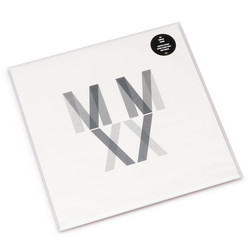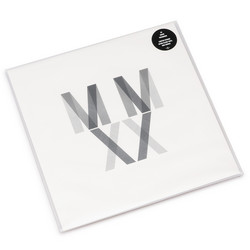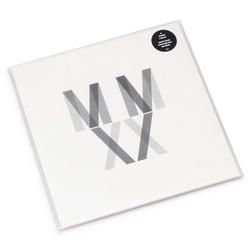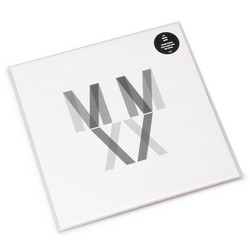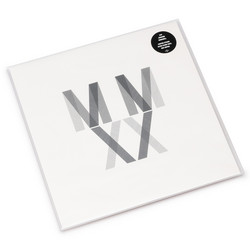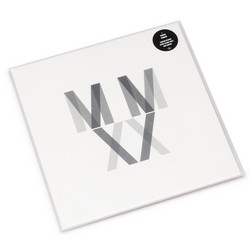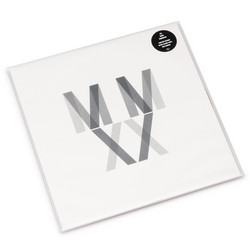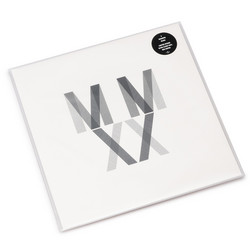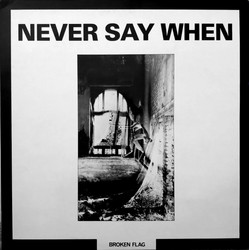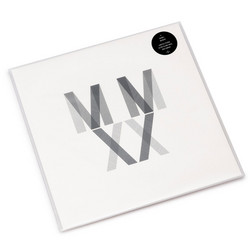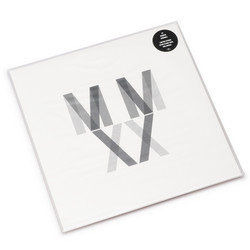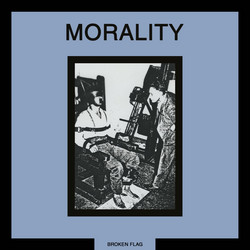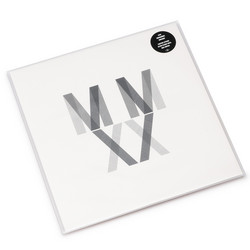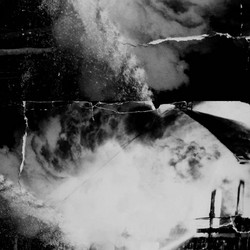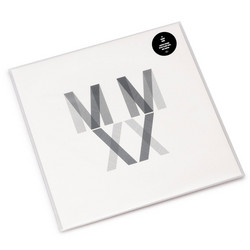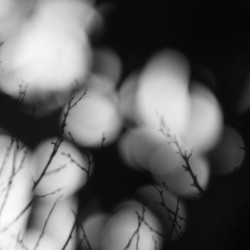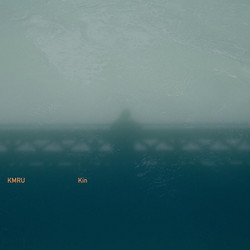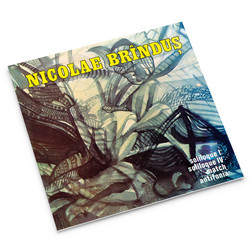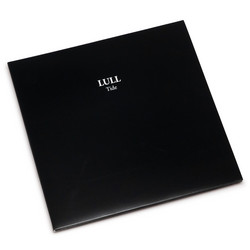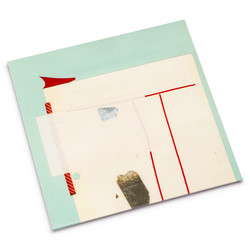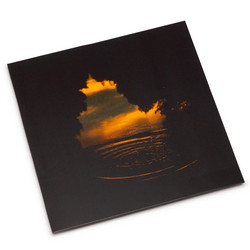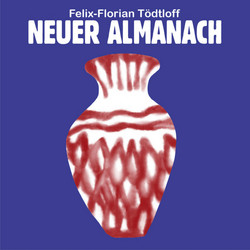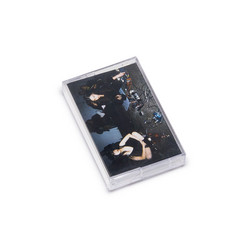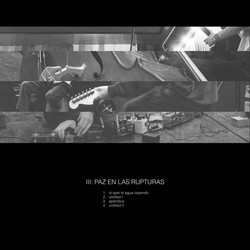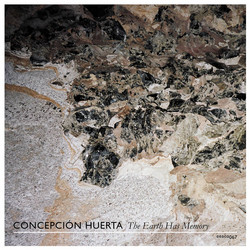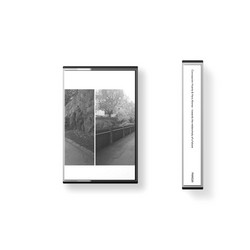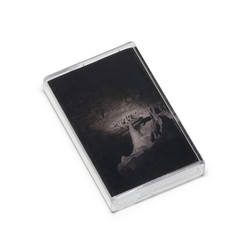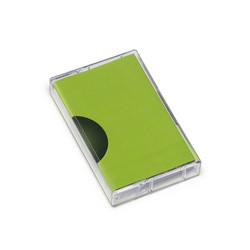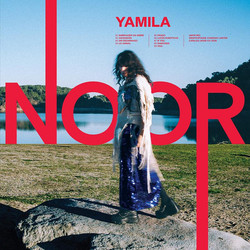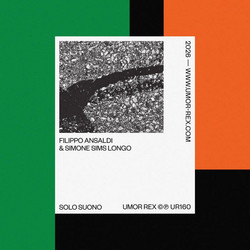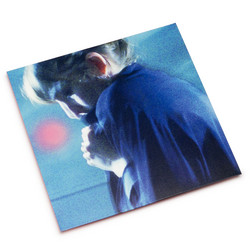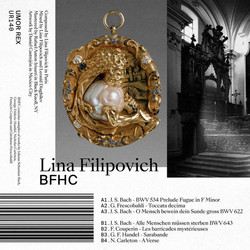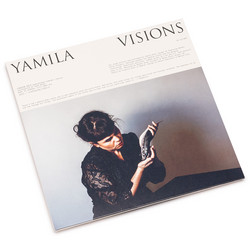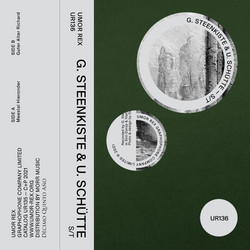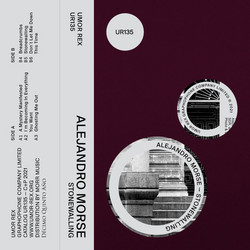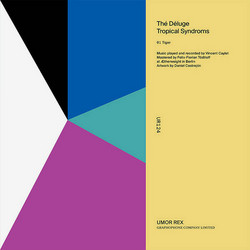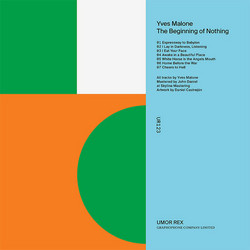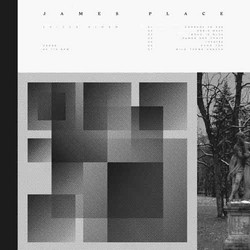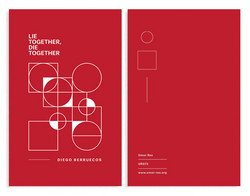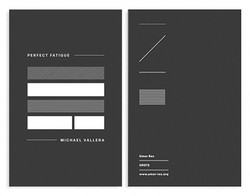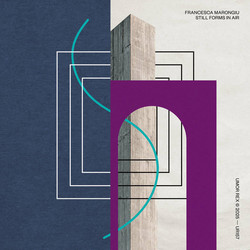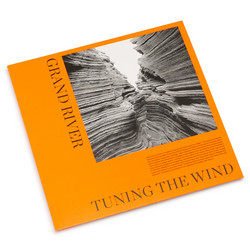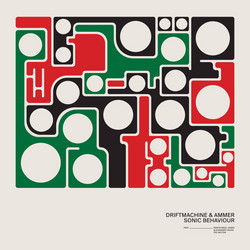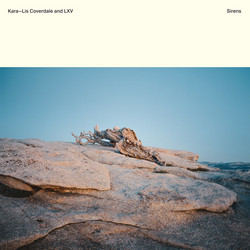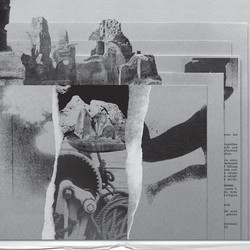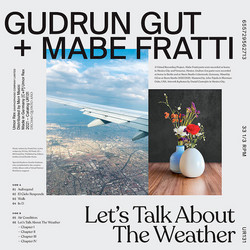Concepción Huerta
El Sol de los Muertos (Tape)
*Limited edition of 100 copies.* This album, crafted entirely on a subharmonic framework and meticulously processed through tape manipulation, stands as Concepción Huerta’s sharpest work to date, undoubtedly her most abrasive, intense, and exhilarating. Her signature remains intact: an approach deeply rooted in drone, musique concrète, and hauntingly visceral textures. Conceptually, Huerta’s sonic vision evokes an image of open veins, not human veins, but those of the earth itself, the open veins of Latin America. These nervures are, in truth, rivers of lava; fury transmuted into fire coursing beneath the land until it erupts. The album is, in a way, a reflection on dispossession, resource extraction, and colonization. But beyond being a historical commentary—one that some might relegate to a forgotten past—it is also a reminder of the present, of how these practices persist in contemporary, postmodern guises.
It serves as both a tribute to the literary work of Eduardo Galeano, one of the most influential voices of Latin American leftist thought, and a howl from the Lacandon jungle in Mexico, resonating with the Zapatista struggle, the resistance of the Guaraní people in Paraguay and Argentina, and the voices of Indigenous communities across Latin America. In the 16th century, a book titled Visión de los vencidos (The Broken Spears) was published in Mexico, compiling Nahuatl texts that presented the unofficial history, the account of the defeated. Concepción Huerta’s album El Sol de los Muertos (The Sun of the Dead) is not a call to action nor a reactionary manifesto, but an invitation to reflection, a historical reexamination. It urges us not to accept the official narrative at face value and serves as a warning, to remain vigilant and, within our capacities, resist the resurgence of fascism and colonialism in all its modern forms.
Recorded by Concepción Huerta in 2024 between Berlin, The Hague, and Mexico City. Volcano photography by Magaly Ugarte. Mastered by Rafael Anton Irisarri at Black Knoll Studio, New York. The tapes were duplicated in Avranches, France, and the cover was risograph printed in Barcelona by Mateo Barbuzzi aka Club del Prado. Design by Daniel Castrejón in Mexico City.
